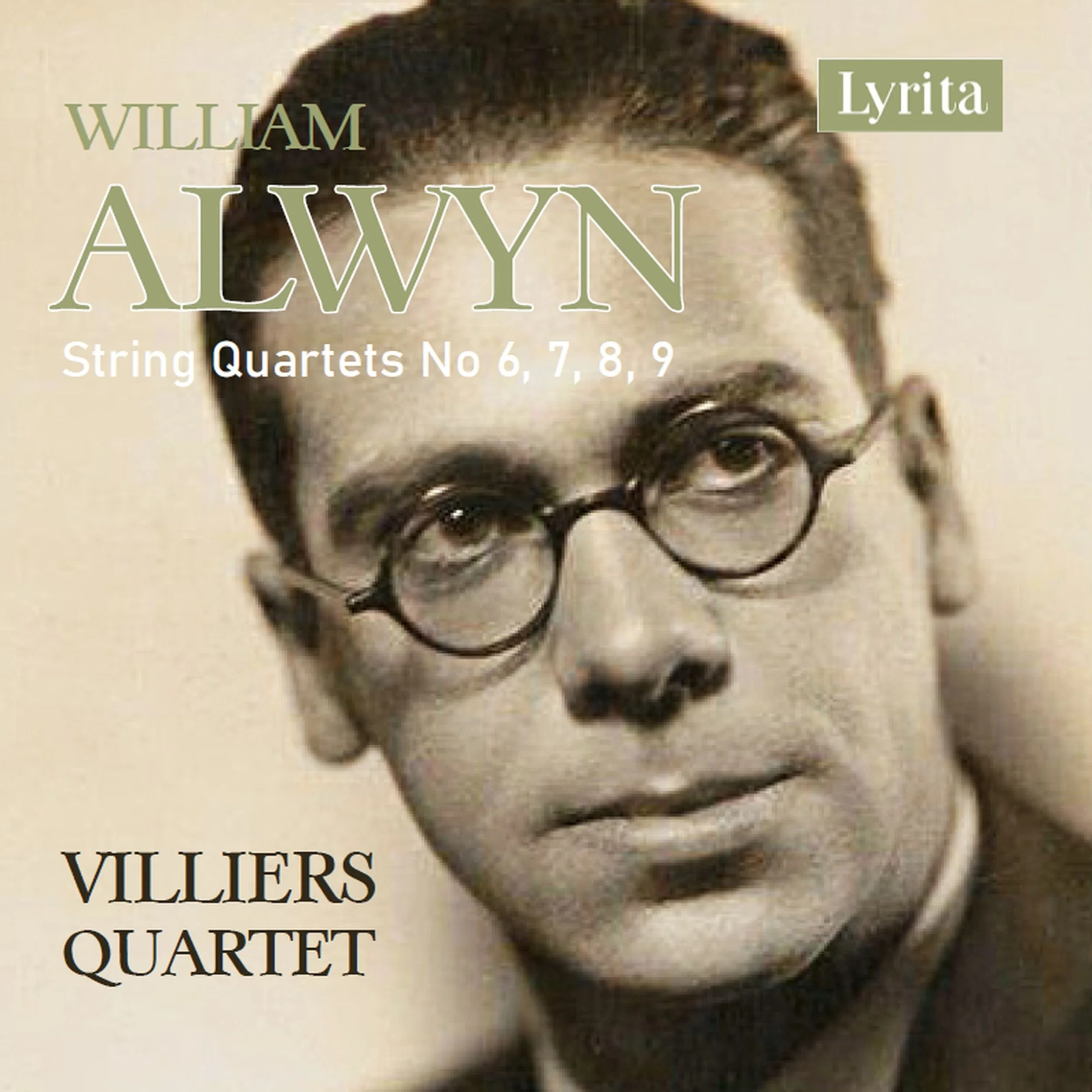BEETHOVEN - A CHRONOLOGICAL ODYSSEY.
Cyprien Katsaris is a pianist who never does things by half. His inexhaustible energy produced in the 1980s keyboard transcriptions of the entire Beethoven symphonic cycle: the pianistic equivalent surely of nine marathons back to back. Now in the great composer’s 250th year, the Franco-Cypriot uber pianist has tackled the entirety of Beethoven’s piano works in chronological order. Not for nothing is the forthcoming set of six CDs labelled, an ‘odyssey’. The set begins and ends with the very first and last works; exploring forty years of forte piano output. Katsaris’ playing is imbued with passion – delicate where demanded, but full, powerful and bold. The vision huge – a muscular six-pack of delights to power up your Beethoven ears. It is such a rich fest that I have decided to review only the first disc for now.
CD1 begins with Beethoven’s first published work – the Variations on a Theme of Dressler composed when the boy from Bonn was only twelve. Naturally there are strong echoes of Mozart and Haydn but already something, perhaps only a hint, at the astonishing musical iconoclast to come; a man who would herald a new century and with it a whole new sound world to inhabit. The variations are charming and full of boyish good humour. Next up is a short sonata in E-flat Major, the first of three dedicated to the Prince-Elector of Cologne. Still very Mozartian, the sonata begins with a jaunty melody somewhat Italianate in style with some tantalising hints at the Beethoven steel to come. The early Beethoven reveals many pieces that will be unfamiliar even to devotees: ‘Music for a Knightly Ballet’ is a revelation. A piano arrangement of his orchestral score, the work was commissioned by Count Waldstein who audaciously claimed authorship of the piece! It must have been hard for the young self-doubting genius when his teacher Joseph Haydn said of his Op. 2 sonatas, ‘you obviously have some talent, but you still need to learn’. Beethoven had few doubts about the merits of these youthful works which certainly have echoes of later sonatas such as the ‘Appassionata’. But of course, such is the breadth of musical feasting here that you can compare and contrast early and late works yourself. It is like having a ‘university of Beethoven’ at your beck and call.
One of my favourite pieces on CD1, is the grandly titled ‘Alla Ingharese quasi un Capriccio’. It has an utterly intriguing subtitle, ‘Rage over a lost penny, vented in a caprice’. If the maestro was so enraged over a lost pfennig, imagine the work produced by the loss of a whole mark – perhaps a pianistic Gotterdammerung? The 1795 piece begins in a furious gallop beautifully nuanced by Katsaris. One can image hearing a first performance by the shaggy-haired composer crashing at the keys and chasing his hands like a March hare in flight. There is something Rossini-like in the avalanche of notes – exciting stuff but of course there is minor-key reflection adding depth to what in other hands would be an amusing parlour trifle.
For any Beethoven lover, or someone who thinks they may be falling in love with the great note diviner, the less familiar works on this first CD of six is enough to want you to hear the whole output. With great works like the ‘Moonlight’ and Wagner’s transcriptions of the ‘Choral Symphony’ on subsequent CDs, this enforced lockdown could not have come at a better time.
‘Beethoven – A Chronological Odyssey’ performed by Cyprien Katsaris will be released by Piano 21 on the 1st May this year. Catalogue No. P21-060.





